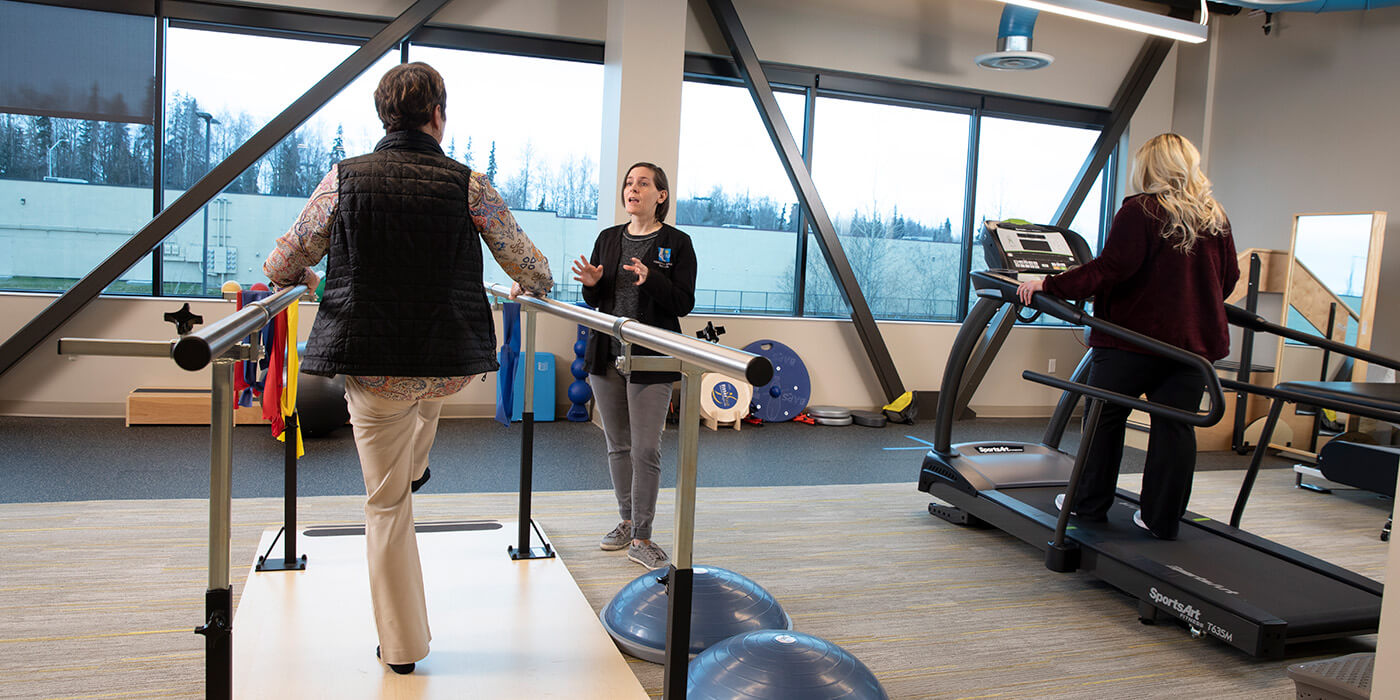
Deep Vein Thrombosis
The blood supply of the leg is transported by arteries and veins. The arteries carry blood from the heart to the limbs; veins carry blood back to the heart. The leg contains superficial veins, which are close to the surface, and deep veins, which lie much deeper in the leg. Deep vein thrombosis (DVT) is a condition in which a blood clot (a blockage) forms in a deep vein. While these clots most commonly occur in the veins of the leg (the calf or thigh), they can also develop in other parts of the body.
DVT can be very dangerous and is considered a medical emergency. If the clot (also known as a thrombus) breaks loose and travels through the bloodstream, it can lodge in the lung. This blockage in the lung, called a “pulmonary embolism,” can make it difficult to breathe and may even cause death. Blood clots in the thigh are more likely to cause a pulmonary embolism than those in the calf.
Some of the common symptoms of deep vein thrombosis are:
• Swelling in one leg
• Pain in one leg

